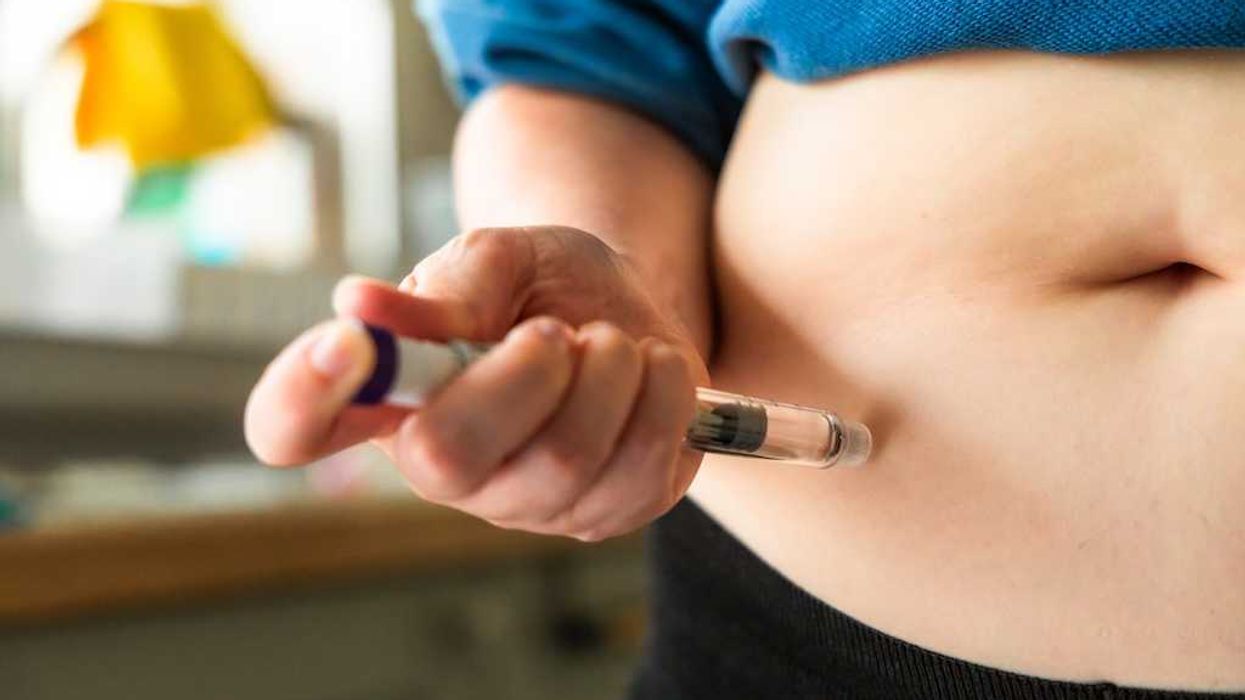
© 2026 Blaze Media LLC. All rights reserved.
Get a Glimpse of the Wave Glider Robot Measuring Hurricane Isaac's Strength From the Ocean
August 28, 2012
Although news of Hurricane Isaac only really began making headlines within the last week as the southern United States prepares for it to make landfall in the next couple days, forecasters have been tracking the developing storm for weeks already.
IEEE Spectrum explains that forecasters greatly improved tracking the timing of a storm in recent years, but predicting its intensity can still be a guessing game. The hope is though that new technology recently deployed by the National Oceanic and Atmospheric Administration could someday make forecasting a storm's strength more accurate:
Today, forecasters are speculating that [Isaac] might grow to a Category 2 storm, but nobody really knows for sure. And take last year’s Irene, widely feared to be an extremely powerful storm: it made landfall as a Category 1 (though its rains still did considerable damage). Whether a coming storm is going to be a Category 1, 2, 5, or a hurricane at all obviously matters a great deal to those in its path.

NOAA launched a robot called "Alex" a few weeks ago off the coast of Puerto Rico, according to IEEE Spectrum, to take a variety of measurements as Isaac developed that could improve intensity predictions. Alex, made by Liquid Robotics and operated by NOAA, primarily measures ocean temperature:
Understanding water temperature is key to determining whether a hurricane will gather strength or fall apart, but the surface temperature data gathered by today’s satellites and airplanes is of limited use. Because storm winds and waves churn down below the surface, what’s going on a few meters down has as much impact on a developing storm than what’s just on the surface. Wave Glider Alex will be measuring temperatures down to a depth of 7 meters—enough, its makers hope, to make huge improvements in ocean temperature data.

The data being collected by Alex is not being use for actual forecasts at the moment, although it could be used in the future. The data brought in by this newer technology, IEEE Spectrum reports, is being vetted by researchers to see if it adds value to existing data collection techniques. IEEE Spectrum states improvements to hurricane prediction technology have not been made within the last decade, but researches are hopeful about the benefits the wave glider technology could bring.
“If this works as well as we think it might,” Chief of Innovative Applications at Liquid Robotics Ed Lu said, according to IEEE spectrum, “that’ll be a strong case for putting a lot of these systems out in the oceans.”
At the same time, a new machine for onshore, laboratory hurricane research is also being tested. The Florida International University's International Hurricane Research Center unveiled it's "Wall of Wind" hurricane simulator last week, which has 12 fans to generate wind speeds up to 157 miles per hour, according to Bloomberg. The simulator is being used to test how different materials hold up in hurricane conditions and other factors.

"We're not only looking at the extreme hurricane wind conditions but also environmental conditions that affect our day-to-day energy efficiency,'' Arindam Chowdhury, director of wind engineering research, said to Bloomberg in an interview. "[The findings] will make building materials that are sustainable, not only from the strength perspective but also from the energy-efficiency perspective.''

"Just as the effective visualization of car crashes drastically changed automobile safety through the introduction of seat belts and air bags, we will do the same for the housing industry," the initiatives website states.
Watch this announcement about the fan from Florida International University:
Related:
Want to leave a tip?
We answer to you. Help keep our content free of advertisers and big tech censorship by leaving a tip today.
Want to join the conversation?
Already a subscriber?
more stories
Sign up for the Blaze newsletter
By signing up, you agree to our Privacy Policy and Terms of Use, and agree to receive content that may sometimes include advertisements. You may opt out at any time.
Related Content
© 2026 Blaze Media LLC. All rights reserved.
Get the stories that matter most delivered directly to your inbox.
By signing up, you agree to our Privacy Policy and Terms of Use, and agree to receive content that may sometimes include advertisements. You may opt out at any time.






